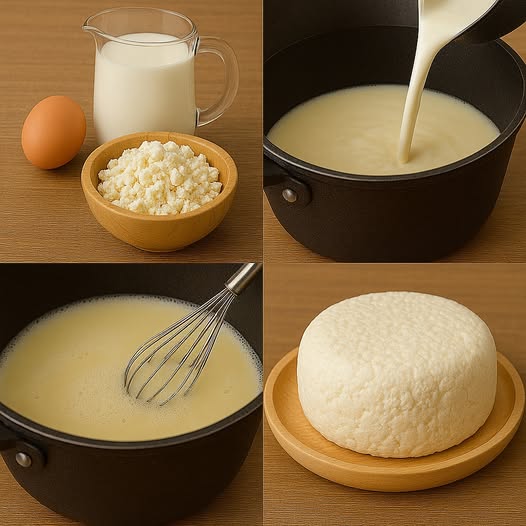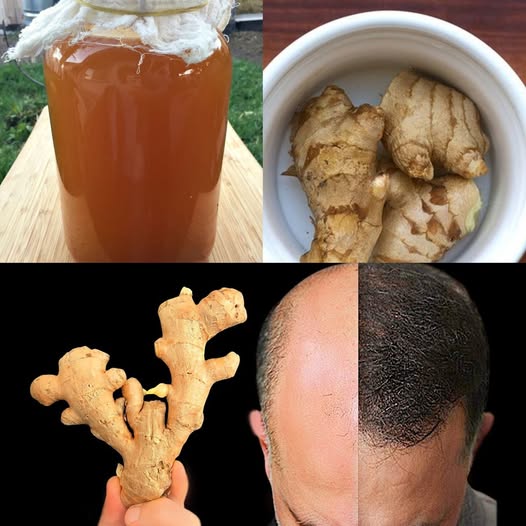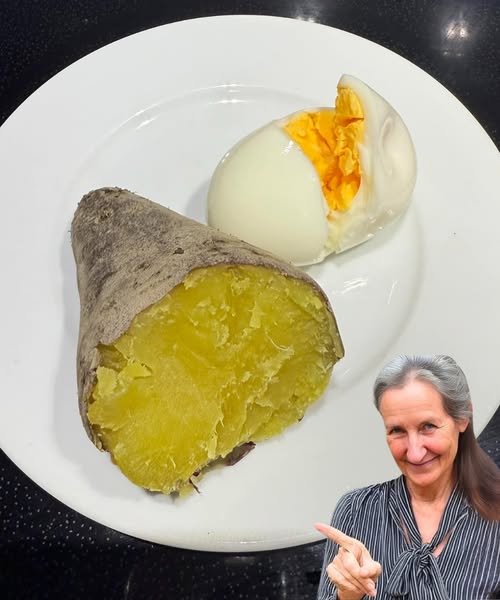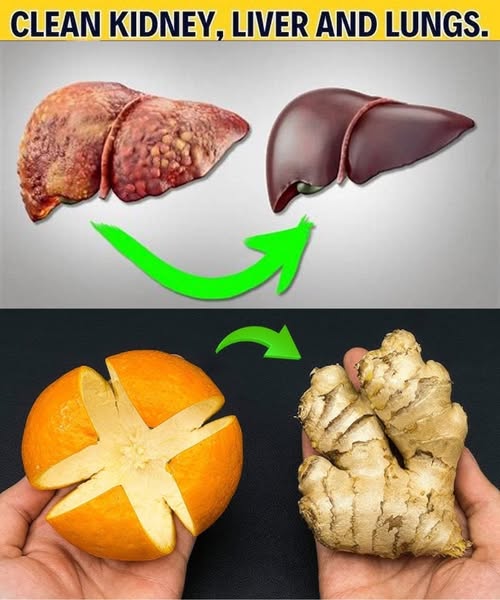Introduction: The All-Natural Cheese-Making Secret That’s Blowing Minds

Ever wondered how to make 1 kilogram of delicious, preservative-free cheese using just 2 liters of milk—without a drop of vinegar or citric acid? Sounds impossible? Think again.
Whether you’re a homesteader, a passionate foodie, or a small business eyeing artisanal dairy production, this guide offers a step-by-step solution that’s shockingly effective, budget-friendly, and absolutely natural.
In an age when consumers are increasingly skeptical of artificial additives and chemical shortcuts, mastering the art of chemical-free cheese making is more than a trend—it’s a revolution. And if you’re looking to dominate the kitchen or stand out in the cottage industry food space, you need this recipe in your arsenal.
In this comprehensive blog, you’ll discover:
- The exact method to turn 2 liters of milk into 1 kg of cheese (without vinegar or citric acid)
- The science behind it
- Answers to frequently asked questions
- Tips to ensure maximum yield and flavor
- And how to scale it as a business model
Let’s dive into this creamy transformation.
The Power of Natural Cheese-Making: Why Go Additive-Free?
In commercial cheese making, vinegar and citric acid are popular coagulants due to their speed and convenience. But here’s the catch—they strip away subtle flavors, alter texture, and reduce the nutritional integrity of cheese.
Going additive-free means:
- Preserving natural dairy enzymes
- Maintaining the integrity of casein proteins
- Retaining the original fat structure for superior creaminess
- Producing safer cheese for sensitive stomachs and children
Market Insight:
According to a 2023 report by Grand View Research, the global demand for organic and additive-free cheese has surged by 17% year-over-year, driven by health-conscious consumers and artisanal trends.
So, not only is this method healthier—it’s more profitable.
Ingredients & Equipment: Back to Basics
Ingredients:
- 2 liters full-fat, fresh milk (preferably raw or unhomogenized)
- 1/2 cup fresh lemon juice or natural yogurt (optional alternative coagulant)
- Salt to taste
Equipment:
- Large heavy-bottom pot
- Cheesecloth or muslin
- Colander
- Thermometer
- Slotted spoon
- Heavy object or cheese press
Note: The secret to achieving 1 kg of cheese from 2 liters of milk lies in the milk’s richness, precise technique, and minimal whey loss.
Step-by-Step Guide: From Milk to Mouthwatering Cheese
1. Heat the Milk Slowly
Pour the 2 liters of milk into a heavy-bottomed pot. Heat it gradually over medium-low heat to 85°C (185°F). Stir occasionally to prevent burning.
2. Let Nature Coagulate
Instead of citric acid or vinegar, let natural yogurt or fresh lemon juice (optional) act as gentle coagulants. Add 2 tablespoons of either once the milk reaches temperature. Cover and allow it to rest for 15–20 minutes.
Insider Tip: If you’re skipping lemon/yogurt altogether, let the milk ferment slightly at room temperature for 12–24 hours before heating. This builds acidity naturally for coagulation.
3. Cut the Curds
Once curds form, use a knife to slice the curd block into 1-inch cubes. Let them sit undisturbed for 10 minutes.
4. Drain with Precision
Transfer curds into a cheesecloth-lined colander. Drain for 30–60 minutes. Save the whey—it’s rich in protein and can be used in soups or smoothies.
5. Press the Curds
Wrap the curds tightly in cheesecloth. Place under a heavy weight (or in a press) for 4–6 hours to firm up and remove residual whey.
6. Salt and Store
Unwrap, crumble or shape the cheese, and sprinkle with salt. Store in an airtight container or age for deeper flavor.
FAQs: Everything You Want to Know About Making Cheese from 2 Liters of Milk
Q1: Is it really possible to get 1 kg of cheese from 2 liters of milk?
Yes—but only if you use rich, full-fat milk and minimal whey loss. Most store-bought milk (skim or semi-skimmed) produces far less cheese. Using raw milk with 4–6% fat boosts yield dramatically.
Q2: Why avoid vinegar or citric acid?
While they accelerate curdling, they can kill beneficial enzymes, reduce shelf life, and produce a chalkier texture. Natural fermentation or yogurt retains natural flavors and nutrients.
Q3: What kind of milk is best?
- Raw cow’s milk – Best yield and flavor
- Buffalo milk – Highest fat content, best for paneer-type cheese
- Goat’s milk – Softer cheese, tangier flavor
Avoid UHT milk—it doesn’t curdle well due to protein denaturation.
Q4: How long does the cheese last?
When refrigerated and salted, this cheese lasts up to 10 days fresh. For longer shelf life, consider pressing and aging.
Q5: Can I flavor this cheese?
Absolutely! Add herbs, garlic, cumin seeds, or peppercorns before pressing for custom flavor profiles.
7 Powerful Tips to Maximize Yield and Flavor
- Use milk within 12 hours of milking for optimal enzyme activity.
- Stir gently to avoid breaking curds and losing fat.
- Press slowly, increasing pressure gradually to preserve texture.
- Avoid overcooking—too much heat leads to rubbery cheese.
- Use non-metallic utensils to prevent acid reactions.
- Age cheese on wooden boards in cool, humid environments for complex flavor.
- Don’t discard whey—it contains up to 50% of milk’s original protein!
From Kitchen to Market: The Business Potential of Homemade Cheese
Homemade cheese is not just a skill—it’s a profitable craft.
Why It Sells:
- Chemical-free and additive-free
- High protein and calcium-rich
- Locally sourced appeal
- Customizable flavors
Small-Scale Revenue Model:
- Cost of 2L milk: $2–$3
- Yield: 1 kg of cheese
- Market price for natural cheese: $15–$25/kg
→ Potential profit margin: Over 400%
Offer samples at farmer’s markets, local stores, and wellness boutiques. Pair it with eco-friendly packaging and transparent labels for brand authenticity.
The Science: Why It Works Without Vinegar or Citric Acid
Cheese is made when casein proteins in milk coagulate. This normally requires acidity, but it doesn’t have to be vinegar or citric acid.
Natural alternatives:
- Lactic acid from fermented milk (like yogurt)
- Slow natural souring from milk’s own bacteria
This preserves the microflora, promotes gut health, and improves digestibility—ideal for families and health-conscious customers.
Conclusion: Your 2-Liter Cheese Masterpiece Awaits
You’ve just uncovered a rare gem—a recipe that transforms 2 liters of fresh milk into a full kilogram of nutrient-rich, delicious cheese, completely additive-free.
This technique isn’t just a health-conscious method—it’s a statement. A return to tradition, a promise of purity, and potentially, a game-changer for your kitchen or small business.
The next time someone says, “You can’t get 1 kg of cheese from 2 liters of milk,” hand them a bite of your creamy, homemade creation—and watch their jaw drop.
So why wait?
Roll up your sleeves, skip the vinegar, trust the process—and unlock the cheese potential you never knew existed.


